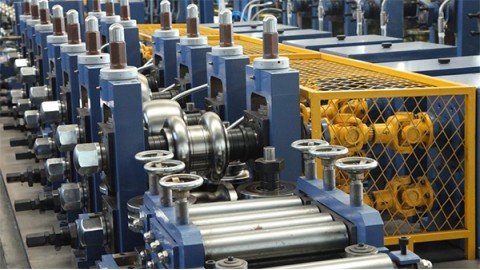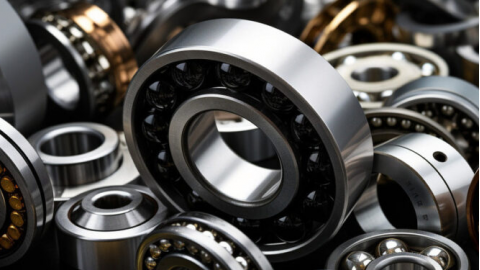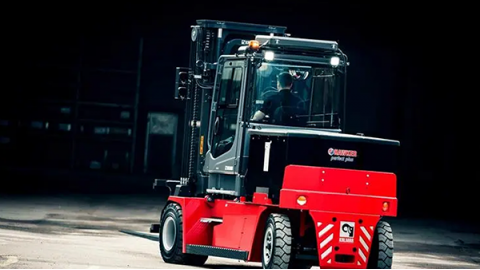Introduction
This article provides an in-depth exploration of infrared ovens.
You'll gain insights into various aspects including:
- What Are Infrared Ovens?
- How Infrared Ovens Work
- Key Factors in Choosing Infrared Ovens
- Different Types of Infrared Ovens
- Common Applications of Infrared Ovens
- Pros and Cons of Infrared Ovens
- And much more...
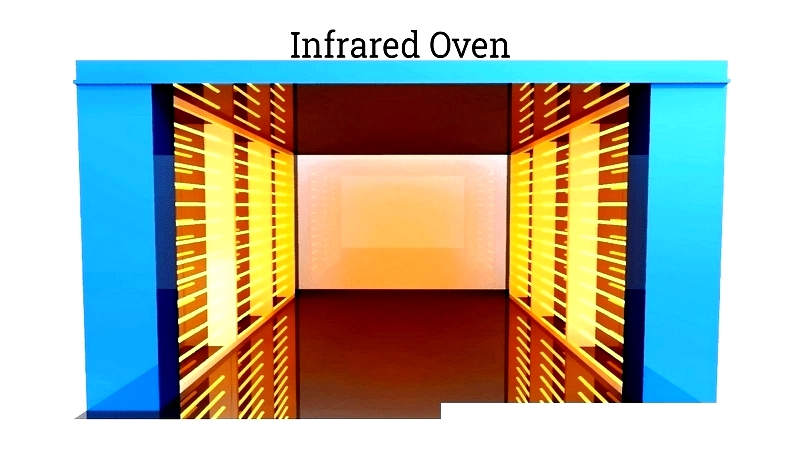
What Are Infrared Ovens?
Infrared ovens use infrared radiation to heat or cook items, distinguishing them from conventional conduction and convection ovens. These versatile appliances serve various settings including commercial kitchens, homes, and industrial facilities. Available in multiple designs with different features, they're manufactured by various companies.
Infrared waves transmit through air, releasing heat energy upon contact with surfaces regardless of surrounding air temperature. This energy excites molecules in the heated object, causing vibration and temperature increase. These ovens effectively heat moisture in foods. Unlike convection ovens that circulate hot air with fans, infrared models heat food directly without warming surrounding air.
While microwave ovens are more common, they share operational similarities with infrared models. The key difference lies in wavelength - infrared radiation has longer wavelengths and higher frequencies compared to microwave radiation's shorter wavelengths.
Infrared ovens typically offer greater energy efficiency than convection models. Their rapid heating capability can reduce electricity usage, and their compact design makes them ideal for small kitchens while conserving energy.
Additionally, infrared ovens operate more quietly than convection models as they don't require fans.
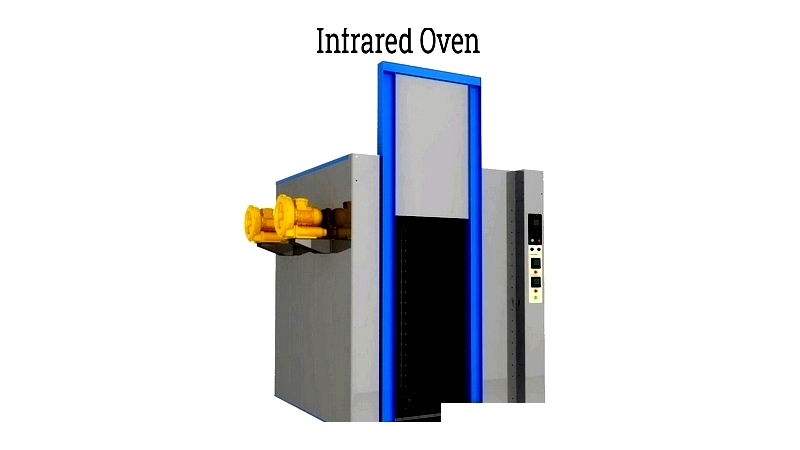
Though similarly priced to convection ovens, infrared models are less commonly found. However, they deliver significant power and efficiency, often resulting in smaller infrared units costing comparable to larger convection counterparts.
How Infrared Ovens Work
Infrared ovens primarily use electromagnetic radiation with wavelengths between 780 nm and 1 mm, invisible to human eyes. Unlike conventional convection ovens that heat surrounding air, these ovens employ infrared radiation to deliver direct, efficient heat to material or food surfaces. This technology converts electrical or gas energy into radiant heat, focused onto objects using specialized reflectors. The infrared energy penetrates and heats products faster, reducing cooking, curing, or drying times while maintaining energy efficiency.
Radiant heat (Research Radiant Heaters) in infrared ovens is generated through electrical or gas energy conversion. The oven heats objects using internal shields and reflectors. Food absorbs the oven's energy. Optimal heating occurs through maintaining direct line-of-sight between flat panel heat emitters and the cooking target, as these ovens use long-wave infrared beams for heating.
Available in various sizes, infrared ovens range from large commercial cooking equipment to compact home models and substantial industrial units for manufacturing. Beyond cooking, they're widely used for industrial processes including infrared curing, powder coating, paint drying, thermal processing, preheating, composite bonding, and moisture removal. Precise radiant heat control makes them effective for diverse commercial and industrial heating solutions, enhancing product quality and process throughput.
Infrared ovens focus energy on targets (food, metal, plastic, or coated components) rather than the environment, minimizing energy waste. Infrared heaters specifically target objects within their beam range, ideal for applications requiring uniform heating like food processing, electronics manufacturing, and automotive finishing. The invisible light-generated heat effectively warms absorbing materials. These ovens reach high temperatures, requiring proper use for optimal results.
Compared to other oven technologies, infrared models offer benefits including fast heat-up, lower operating costs, and precise temperature control. They also reduce contamination risk by minimizing air movement. As energy costs rise and sustainability gains importance, many industries seek energy-efficient oven solutions, making infrared ovens increasingly popular for new installations and retrofits.
When evaluating infrared ovens, consider factors like wavelength type (near, medium, or far infrared), temperature uniformity, system integration, and safety features. Leading manufacturers provide customization options for optimal performance in specific applications. Whether upgrading, replacing, or adding infrared heating systems, understanding their operation helps achieve maximum value, efficiency, and consistent results.

Key Considerations When Choosing Infrared Ovens
Energy Source
When selecting industrial infrared ovens, the energy source is a primary consideration. Options include electric, propane, and natural gas models, each offering distinct advantages for specific heating needs, efficiency, and operating costs. evaluate your facility's infrastructure and compare energy consumption and utility costs to determine the most economical and sustainable choice.
For electric models, verify voltage (V) and frequency (Hz) compatibility with your power supply. These industrial ovens vary in heat output, maximum temperatures, and energy efficiency. Choosing the right power source and output ensures optimal performance for applications like powder coating, drying, or curing.
Specifications
Oven specifications significantly impact manufacturing and thermal processing performance. Key features include air filtration controls, mobility casters, weight considerations, fan quality, and temperature limits. Advanced designs optimize space, energy use, and workflow integration. Determine if your application requires custom enclosures, modular panels, or special insulation for temperature consistency.
Ensure robust heating element protection (Research Heating Elements), as this shields critical components from debris. Protective covers may use copper, iron, steel, or brass - materials offering varying heat resistance and durability for demanding industrial environments.
Temperature Control
Precise temperature regulation is crucial for thermal processing or finishing operations. Look for ovens with intuitive digital controls and accurate thermostats. Consistent temperature management enhances product quality, particularly for curing, paint drying, or laboratory applications. For frequent cycling processes, simple single-setpoint controllers with door switches can maintain consistency and save energy by automatically adjusting heat during loading/unloading.
Larger or continuous-operation ovens often feature PLC-based temperature systems with graphical HMIs. These automation solutions enable programmable heating, timed cycles, and detailed monitoring, improving throughput and safety. For automated process heating, PLC and HMI integration ensures greater repeatability and accuracy - essential for regulated industries and high-volume production.
Heat-up Rate
The temperature rise speed affects productivity and energy efficiency. Compare models based on how quickly they reach setpoints considering load weight, material density, and heat properties. Applications like powder coating benefit from rapid, uniform heating that reduces overall process time. Review manufacturer specifications on cycle times, ramp rates, and energy recovery for optimal selection.
Size
Choosing the right size is essential for batch or continuous processing. The chamber should accommodate your largest items without crowding while maintaining heat distribution. Measure available space and consider future expansion needs. Modular or custom ovens can be tailored to workspace constraints, helping boost productivity and minimize downtime.
Safety
Infrared ovens are generally safer than microwave or ultraviolet alternatives, posing no radiological hazards. High-efficiency reflectors and shields improve both energy transfer and safety by reducing hot surface exposure. Always follow manufacturer guidelines to avoid prolonged exposure to high-intensity emitters, and ensure all safety features (interlocks, thermal cutoffs, shielding) remain in good condition.
Budget and Pricing
Infrared oven pricing often compares favorably to convection models, particularly for smaller systems. Their compact design saves on materials, installation, and space. However, specialized components like advanced electric emitters may cost more than traditional gas burners. evaluate ROI by considering operational efficiency, maintenance, and faster processing. Assess facility compatibility with different oven types to ensure effective energy use.
Consider long-term costs including maintenance, replacement parts, and total ownership (installation, training, warranties) when

